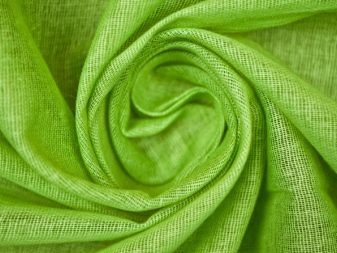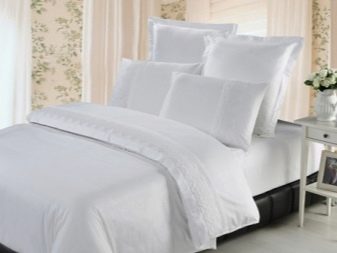What is Madapolam and what is this fabric used for?
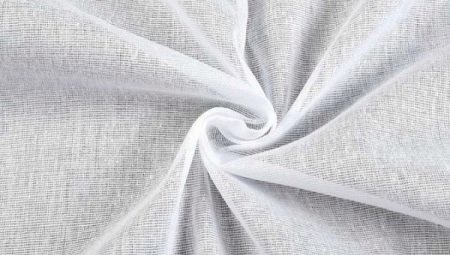
Madapolam is an antique fine plain weave fabric made from pure cotton. It has survived to this day practically unchanged. Most often it is used for the production of bed linen and in needlework (it is especially popular for embroidery). It is quite strong and durable, does not require special maintenance.
The price for Madapolam is democratic and affordable. Madapolam products are light, thin, but at the same time keep their shape well. They can be found in any home in the form of pillowcases decorated with embroidery and lace, or delicate, beautifully draped curtains, and even as light home clothes.

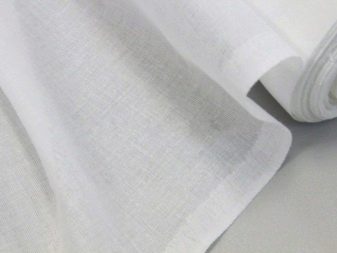
What it is?
Nowadays, when synthetic and recycled fabrics are becoming more and more popular and widespread, it is extremely rare to find natural, eco-friendly material at an affordable price. This is exactly what Madapolam is.
Madapolam is a cotton linen fabric that is more rigid than chintz or muslin. The fabric is often called bleached chintz; it is white madapolam that is most often found on sale. According to GOST, the density of the madapolam cloth should be 40 threads wide and 31 in length per 1 sq. cm. In production, the plain weaving method is used. Sometimes manufacturers dye the fabric in light shades and apply the pattern using the printed method.
The properties of the material are similar to those of chintz.
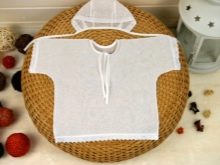
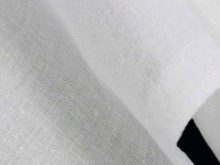

The main features of this fabric:
-
naturalness and hypoallergenicity;
-
lack of lint;
-
ease;
-
absorbs moisture well and breathes;
-
retains its shape and draperies for a long time;
-
high strength;
-
low price;
-
ease of maintenance.
Made in accordance with GOST Madapolam is a cotton fabric for household use.
The document indicates the areas of application of the material: this is the production of outerwear, linen and technical rags (technical consumable fabric for cleaning premises).
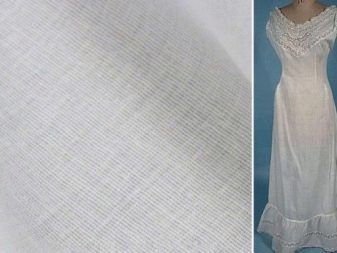
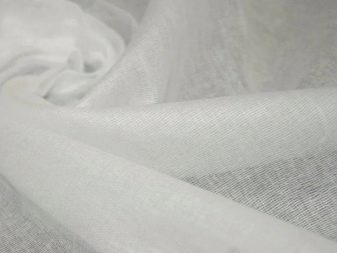
Origin story
The fabric owes its name to a small town in India, where it first began to be produced by a certain method. India has long been famous for its textile production, especially fabrics made from natural materials. In the town of Madapolam, a suburb of the large center of Narosopur, in a small factory, a loom worker came up with the idea of weaving fabrics in just such a special way and with such a density. It was here that coarse natural fibers were processed into thin, lightweight fabric.
In India, with its hot climate and high humidity, the fabric quickly gained popularity. Over time, the fabric was named after the city where it was invented. And by the end of the 18th century, they began to use it in Europe and Russia. Due to its low cost and excellent characteristics, the fabric has spread all over the world.
In Russia at the end of the 19th century, the presence in a house of bed linen decorated with lace and satin ribbons, pillowcases and curtains made of madapolam was considered a sign of wealth and good taste.
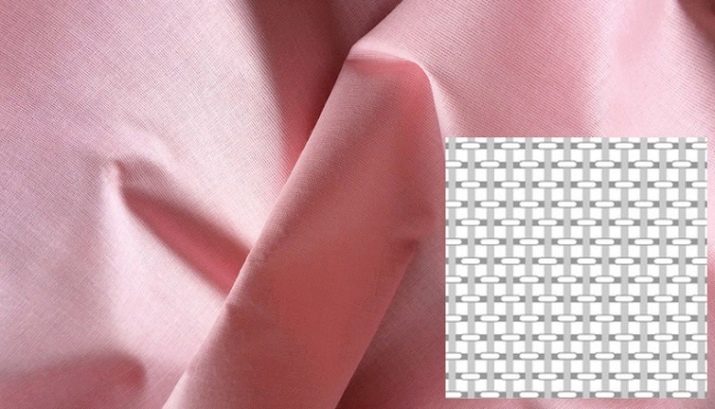
Features of production
Like muslin, madapolam is obtained from unbleached cotton. Calico (cotton cloth for making fabric) is produced with interweaving of thin threads with a density of 40x31 per 1 sq. cm, after which the canvas is bleached. The calico becomes similar to ordinary gauze, with many fibers, and is not suitable for further sewing and making clothes out of it. Therefore, the bleached calico is passed through a polishing machine. Excessive hairiness is removed from the fabric, the calico acquires a characteristic glossy shine. After finishing (starching), the fabric gets its usual stiffness.
To date, manufacturers produce several options for the width of the web. In stores you can find madapolas with a width of 62 cm to 95 cm. This expands the possibilities of using fabric for sewing and handicrafts. Madapolam is denser than chintz. Thicker threads are used for its production. The density of Madapolam cloth is from 80 to 105 g / m2. The fabric is made from plant materials, and no harsh chemicals are used for bleaching. The production is considered environmentally friendly, and the fabric is 100% natural. Although in production it is rarely dyed, leaving a natural milky white color, the fabric can be easily dyed even at home.
The production and manufacturing technology of Madapolam is quite economical, so the price of the fabric is acceptable and affordable.
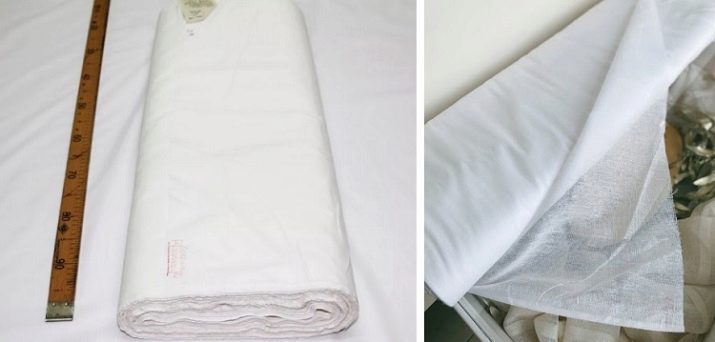
Applications
Most commonly used madapolam for the production of bed linen and clothes for the little ones. Due to their naturalness and high breathability, Madapolam products are suitable for children, people with sensitive skin or those prone to allergies. And its lightness and ability to quickly absorb moisture allows it to be used in countries with hot climates and high humidity. Eco-friendly production of the material allows it to be classified as a high class of comfort and safety for human skin and health. Clothes made of madapolam are able to maintain a comfortable microclimate for a person on hot summer days.
The front and back of the fabric look the same. They are smooth, with a pleasant sheen. This allows you to create draperies on clothing and other products. Starchy fabric keeps its shape perfectly. In the old days, lower multilayer and multi-tiered fluffy skirts were sewn from it in Europe and Russia.
Sometimes madapolam was even used to create wedding dresses.
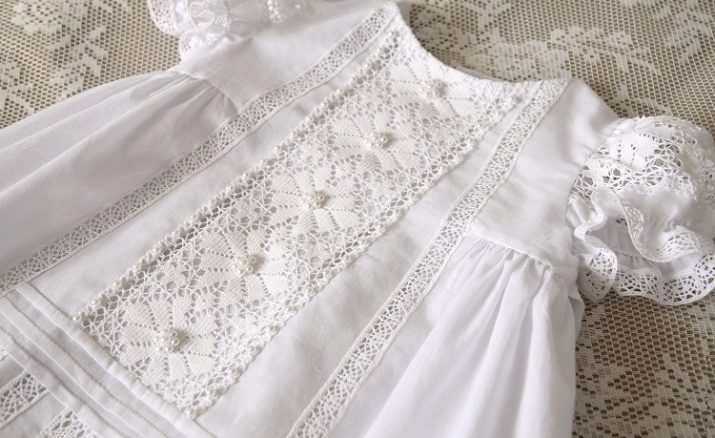
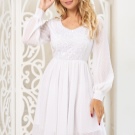




The lightness and white or milky color of Madapolam allow you to combine it with various lace, hemstitching and embroidery. This is important for sewing beautiful underwear and sleepwear.Elegant tablecloths and napkins are often sewn from the material. The material is often used for sewing curtains and light curtains to create a cozy interior. Due to their durability and ease of maintenance, such products will last a long time and will delight you with an elegant, neat appearance and whiteness. Due to its smoothness and strength, the fabric is often used as a rag for polishing and wiping parts in production. It does not leave lint on the surface after wiping.
Tcane lends itself well to coloring, and after starching it keeps its shape. They love to use it in needlework as a basis for crafts and embroidery. Madapolam can be colored with both synthetic and natural dyes, which expands the scope for creativity. Thick fabric works great as a base for embroidery. It is easy to create paintings and interior decor items from it. Less dense options are suitable for creating colors (color separation). The material stretches well in all directions and diagonally, while maintaining the given shape. The fabric can be stretched without special tools, just with your fingers.
You can create whimsical flowing lines and shapes, easily following the natural curves of real flowers.
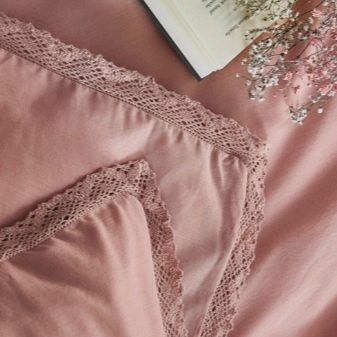

Care rules
Madapolam does not require any special care. When washed at high temperatures, it shrinks like all natural cotton fabrics. Therefore, it is recommended to wash at a temperature not exceeding 40 degrees Celsius. Many people do not advise washing Madapolam products together with synthetic items that will help "ruffle" the Madapolam surface. After washing, the fabric can be slightly starchy, which will give the original look to the product. When washing in a machine, it is recommended to use a delicate or gentle cycle, a damp cloth may deform.


The material dries quickly, you don't even need to use a tumble dryer. If you hang a Madapolam product without folds and creases, and then fold it neatly, then it will not be possible to iron it, it will not wrinkle (like, for example, flax). If ironing is still required, it is better to do it in the "cotton" mode. With proper and proper care, Madapolam clothes will last a long time and will not lose their shape.
If the fabric has been dyed, it will not fade or tarnish for a long time. The color remains the same vibrant. To do this, use gentle cleaners and detergents, without chlorine compounds.
